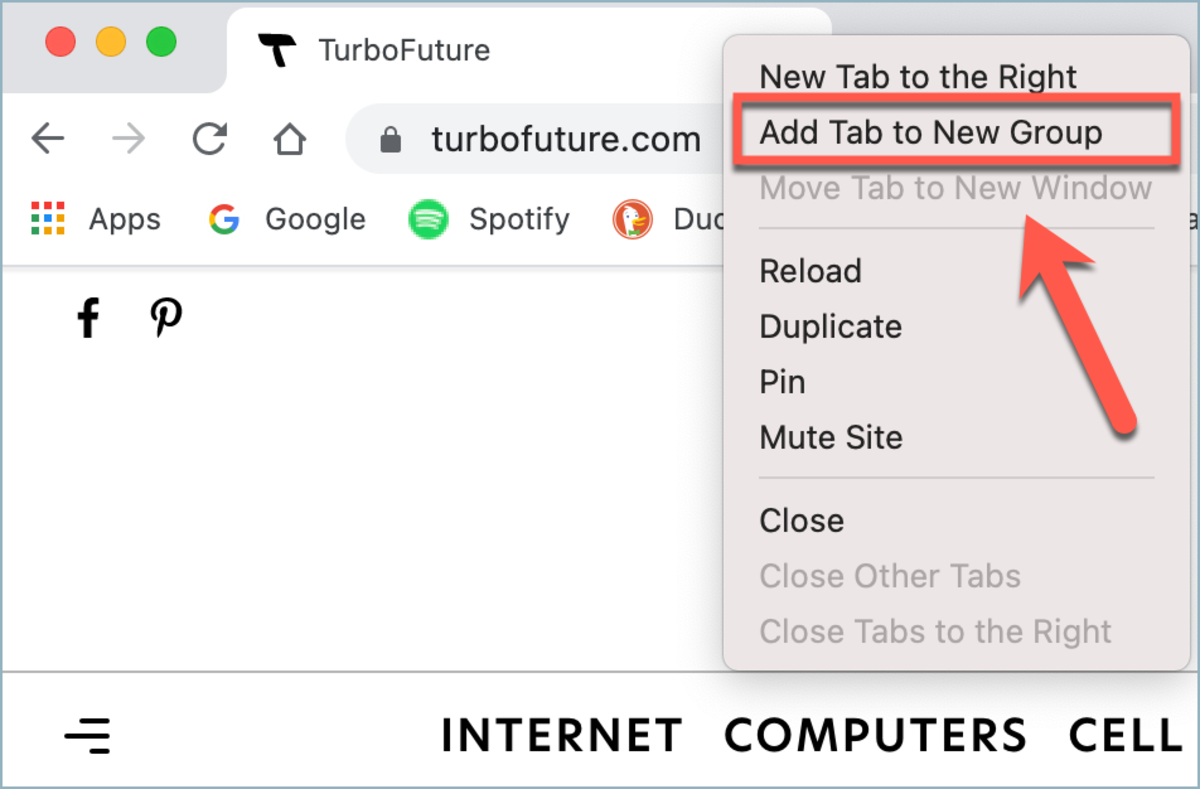What Are Tab Groups?
Google created tab groups to help you better organize your browser tabs in Chrome. They were designed to let you group tabs together. You can group tabs by topic, by urgency, by progress, or any other way that fits your workflow. With your tabs neatly sorted into groups, you should be more focused on the task at hand. You will be able to find the information you need quickly and will no longer need to blindly click through all your open tabs to try and find the one that you need. At least, that’s the theory. Here’s how it works in practice.
How to Create a Tab Group in Chrome
To make a tab group, follow the directions below: You can add additional tabs to your group by dragging and dropping the tab on top of an open tab group, or by right-clicking on an open tab and selecting, Add Tab to Group and then choose the group that you want to add to. You can also use this method to move tabs from one group to another. Speaking of which, you can create as many tab groups as you need in order to organize all the tabs that you have open. When you have created the ones you need, you can reorder them by clicking the group name and dragging them horizontally along your tab bar until they are in the order that you need. Once created, tab groups can be expanded or collapsed as needed by clicking on the name of the tab group. This can help save space at the top of your browser and helps ensure that you are only looking at the tabs that you want.
How to Customize Tab Groups
If you have created a tab group and decide later that you would like to change the name and/or color of your group, you can do that with a few quick clicks. Here’s how: Jonathan Wylie Tab groups don’t have to have names if you don’t want them to. If you leave the name field blank, your group will be identified by a color. This means you could use something like a traffic light system, (red, amber, green), to organize your open tabs. Red is for urgent tabs, amber is for tabs that will soon need action, while green is for tabs that have no fixed deadlines attached to them. Some people like to add some flair to their tab groups by adding emojis. You can add an emoji before your tab group title, or in place of a tab group title if you prefer. Emojis can make it easier to identify your tab groups at a glance inside Chrome.
How to Remove Tabs and Close Groups
To remove a tab from a tab group, open the tab group by clicking on it. Next, right-click on the tab you want to uncouple and choose, Remove From Group. Once removed, the tab will return to your main group of tabs and won’t be associated with any tab groups. All the other tabs in the group stay where they are. Jonathan Wylie If you want to remove all the tabs from a group, simply right-click on the name of the tab group and choose, Ungroup. This removes all the tabs from a group and closes the group so that it is no longer part of your tab groupings. If you no longer need a group of tabs, you can close them all at once if they are part of a tab group. To do this, right-click on the name of the tab group and choose, Close Group. This will close your tab group and all tabs that are part of that group.
Bonus Tip: Searching Tabs in Chrome
If you are using tab groups in Chrome and you find that you still have difficulty locating the website you are looking for, try the tab search function. You will find it in the top right-hand corner of your browser window, above your Chrome extensions. The icon looks like an arrow inside a circle and when you click it, you will see a search bar where you can enter keywords to search through your open tabs. Jonathan Wylie It won’t search for words on a website, (you can use Ctrl/Cmd + F for that), but it will search through all the titles of your tabs. If you search for something that was in a tab that you recently closed, that will also appear in your search results alongside the URL of the site in question. The search tab feature will also show you all your open tabs. You can click on any tab to jump straight to that tab. If you scroll down past your open tabs, you will see recently closed tabs. Clicking on one of these results will reopen a tab that you had previously closed. This content is accurate and true to the best of the author’s knowledge and is not meant to substitute for formal and individualized advice from a qualified professional. Jonathan Wylie © 2021 Jonathan Wylie




